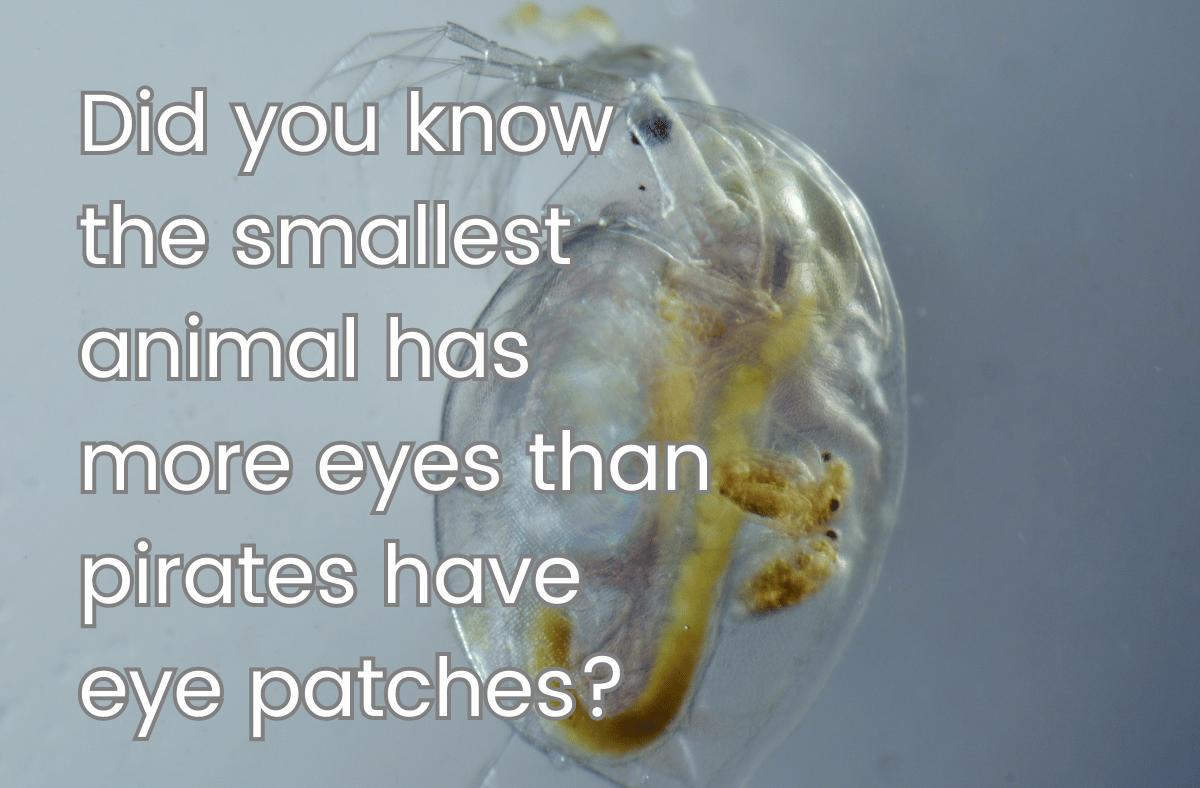For those in a hurry
- The oldest living organism on Earth is a bristlecone pine tree, which is estimated to be over 5,000 years old.
- Bristlecone pines are coniferous trees that grow in the high elevations of the Western United States.
- They have very long, dark green needles that are resistant to freezing and drought.
- They have thick bark and deep roots that help them survive harsh weather conditions and pests.
- They produce seeds in cones that have a characteristic bristle on each scale.
- They are among the longest-lived life forms on Earth and can provide valuable information about past climate changes.
What are bristlecone pine tree?
Bristlecone pines are a group of three species of pine trees that belong to the family Pinaceae and the genus Pinus. They are native to the Rocky Mountains and other ranges of the southwestern United States, where they grow in isolated groves just below the tree line, between 5,600 and 11,200 ft (1,700 and 3,400 m) elevation on dolomitic soils .
The three species of bristlecone pines are:
- Great Basin bristlecone pine (Pinus longaeva), which is found in Utah, Nevada and eastern California. This is the species that includes the oldest known individual of any species, a tree named Methuselah that is over 5,060 years old.
- Rocky Mountain bristlecone pine (Pinus aristata), which is found in Colorado, New Mexico and Arizona. This is the most populous species and the only one that is commonly cultivated.
- Foxtail pine (Pinus balfouriana), which has two disjunct populations in the Klamath Mountains and the southern Sierra Nevada of California.
How do bristlecone pines look like?
Bristlecone pines are small to medium-sized windblown trees that range from about 15 to 50 ft (5 to 16 m) in height. They have twisted and gnarled trunks that are often partly dead or exposed. Their bark is typically orange-yellow to light brown for the Great Basin bristlecone pine and gray-brown for the Rocky Mountain bristlecone pine.
Bristlecone pines have very long, slender needles that are dark green in color. The needles of a bristlecone pine tree are arranged in clusters of five and grow in pairs along the branches. Bristlecone pines have very long needles that can grow up to 18 in (46 cm) in length.
Bristlecone pines are monoecious, meaning each tree has both male and female cones. The male cones are small and yellowish, while the female cones are ovoid and deep purple when young. They mature to a pale brown and bear a characteristic bristle on each scale. The cones produce seeds that are dispersed by wind or animals.
How do bristlecone pine tree survive?
Bristlecone pines are remarkable for their ability to withstand harsh weather conditions and bad soils. They have several adaptations that help them survive in their extreme environments:
- Their thick bark protects them from fire, insects and fungi.
- Their deep roots anchor them to the rocky ground and allow them to access water sources.
- Their needles are resistant to freezing, drought and ultraviolet radiation. They also have a low surface area to volume ratio, which reduces water loss .
- Their slow growth rate conserves energy and resources. They also have a high proportion of dead wood, which reduces respiration costs.
- Their resinous wood prevents decay and preserves their annual growth rings, which can be used to date them accurately.
Why are bristlecone pines important?
Bristlecone pines are not only fascinating for their longevity, but also for their scientific value. They can provide valuable information about past climate changes, such as temperature, precipitation and atmospheric composition. By analyzing their growth rings, scientists can reconstruct historical events such as volcanic eruptions, solar activity and human impacts .
Bristlecone pines are also important for their ecological role. They provide habitat and food for many animals, such as birds, squirrels, chipmunks and insects. They also help stabilize the soil and prevent erosion .
Bristlecone pines are also admired for their beauty and uniqueness. They have inspired many artists, writers and photographers with their ancient and majestic appearance. They are also considered sacred by some Native American tribes, who use them for ceremonial purposes.






















